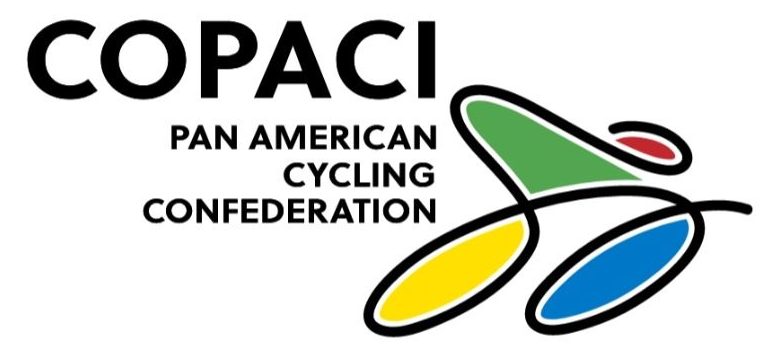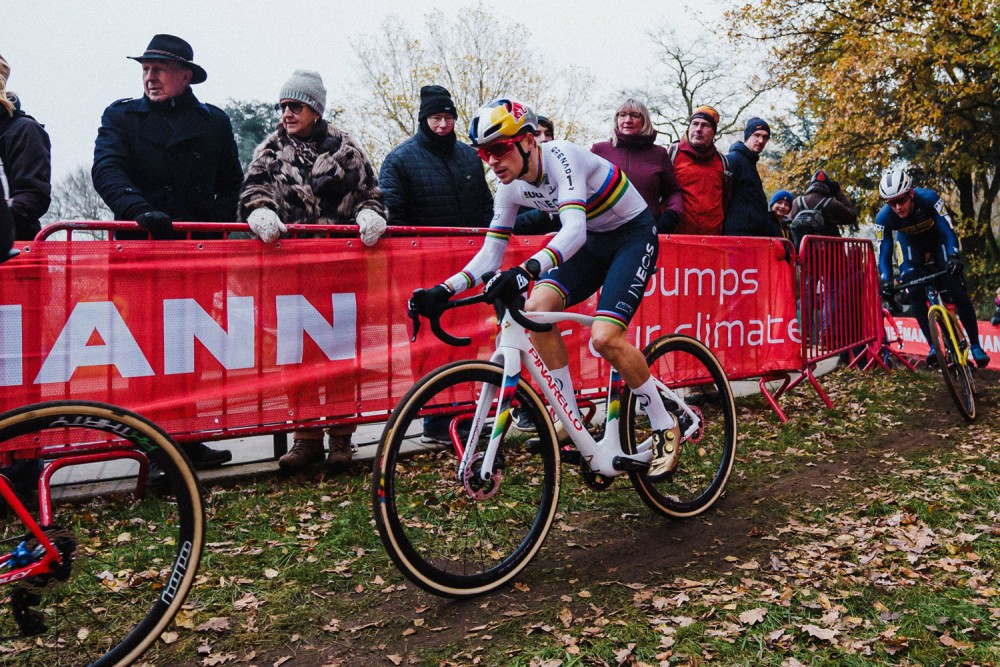Cyclocross, that discipline that cyclists have used for decades to maintain their competitive activity during the winter and that in Belgium and the Netherlands acquires a true sporting entity, becoming almost a religion, outside of there does not seem to have the same impact.
Despite the efforts of the International Cycling Union (UCI) to internationalize the discipline and that the World Cup events have good crowd numbers wherever they are held.
A growth that has been supported over the last decade by the rivalry between Mathieu van der Poel and Wout van Aert that made many discover this sport and begin to follow it.
However, the UCI, in its quest to achieve greater implementation of cyclocross, decided to extend the competition. What were 3 intense months of racing, from November to the end of January, have now become an entire season that starts at the beginning of October and stretches well into February, with a World Cup that covers all that time.
This means that those who combine road and cyclocross often skip the first races of the season and, of course, the last ones, with their minds set on preparing for the spring classics.
On the other hand, there are cyclocross specialists for whom the season becomes tremendously long if one takes into account that they have to compete every weekend. This forces them to reserve themselves, especially for the great month of December, the peak moment of the discipline, where it is common for there to be races on both days of the weekend and some in the middle of it.
Things are not going as planned for the UCI and this week its president David Lappartient expressed that he would not allow those who do not compete in the World Cup to participate in the World Cup. A competition that, however, does not completely engage even the specialists who often ignore the general classification.
In fact, the other two major circuits, the Superprestigio and the X2O, especially the first, have greater appeal for both cyclists and spectators. Circuits that focus on traditional races in the Netherlands and Belgium, aimed at a loyal and passionate audience with this discipline that fills the circuits to levels like those of any top-level football match.
The UCI has found a stumbling block in its plans as the big stars have ended up owing more to their road teams than to the mud. Now both Van der Poel, Van Aert and Pidcock have reduced their participation in cyclocross to a minimum, attending the races for which they receive the most recognition and which, many of them, are not World Cup races, which has obviously upset the maximum cycling body.
All this leads to the reflection of whether the internationalization of cycling beyond its roots in the Netherlands and Belgium is a good idea or if the calendar should be redesigned to avoid extending the season so much and thus making it more attractive to cyclists, especially to those of other disciplines.
It is difficult to understand how cyclocross has not caught on outside of the Benelux. It is an intense discipline, it only requires one hour of spectator attention, very easy to broadcast for television as it is held on a relatively short circuit and very fun to see in situ with cyclists constantly passing by and the possibility of seeing several points.
But the reality is what it is and although World Cup events have great attendance, outside of that it is a totally minority sport.
Without a doubt, if the UCI wants cyclocross to take off outside its traditional strongholds, it will have to try something else and, above all, base its plan on valuing the sport itself and not having to depend on the presence or not. of great runners. We must start with a more rational calendar that allows multidisciplinary cyclists to be able to take part in this discipline without being forced to mortgage their main objectives.
Source: www.brujulabike.com

